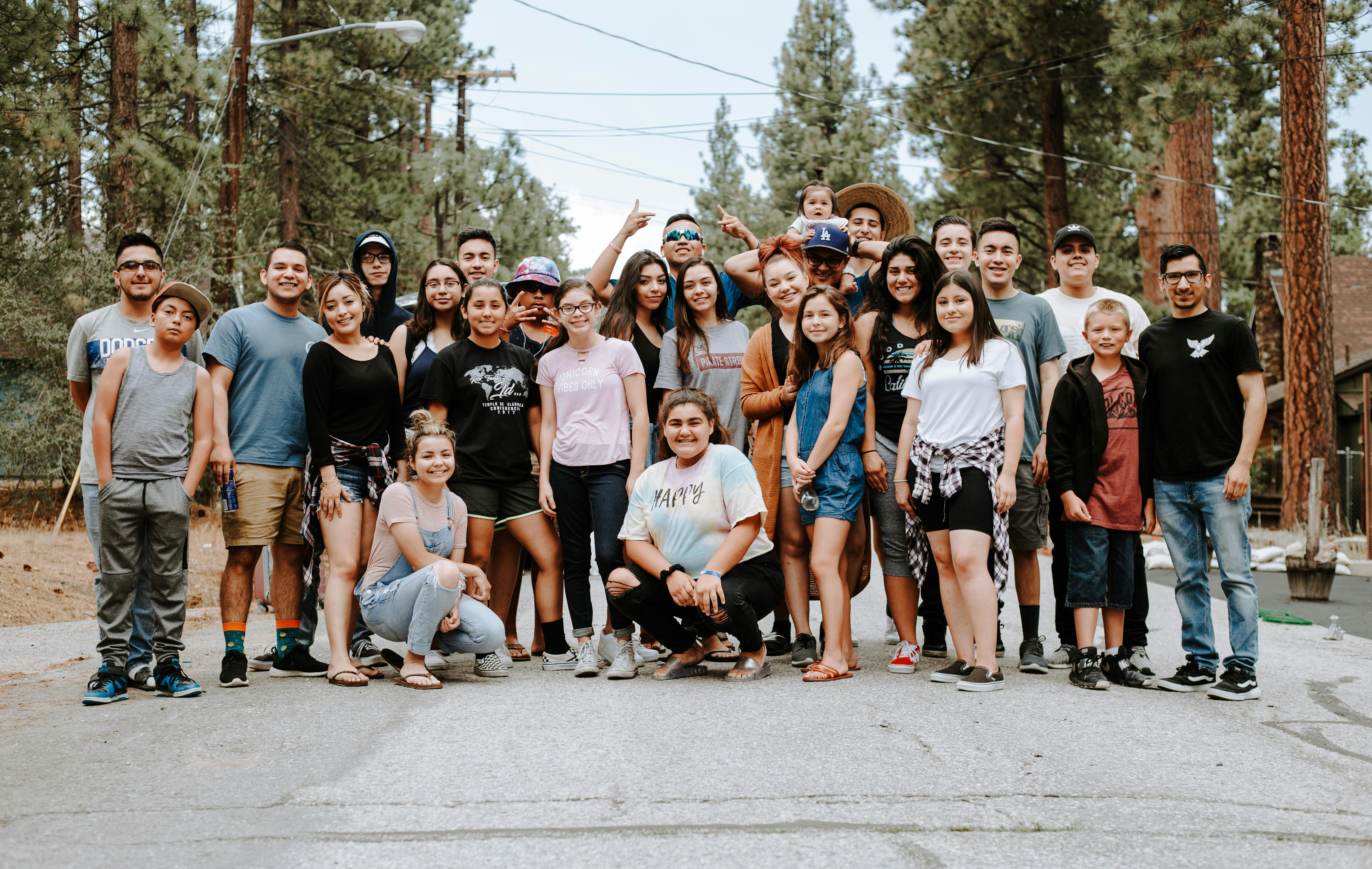Articles
- Parent Category: Management Features
- Written by Himanshu Sareen
 It’s a tough fact of life, but nonprofit budgets typically don’t evolve at the same rate as the technologies that propel them forward. With a whopping 84 percent of not-for-profits lacking mobile-optimized donation landing pages, it’s clear that lots of organizations simply don’t have the time, resources or know-how to keep their online presences up-to-date. But implementing a mobile landing page is just one of many important ways that nonprofits can increase donations.
It’s a tough fact of life, but nonprofit budgets typically don’t evolve at the same rate as the technologies that propel them forward. With a whopping 84 percent of not-for-profits lacking mobile-optimized donation landing pages, it’s clear that lots of organizations simply don’t have the time, resources or know-how to keep their online presences up-to-date. But implementing a mobile landing page is just one of many important ways that nonprofits can increase donations. Whether it’s emphasizing your organization’s message, emphasizing social media or making room for multiple audiences, here’s a quick rundown of five ways your nonprofit can drive more online giving.
Tell Your Story
As a nonprofit, your organization is backed by an inspirational cause—a cause which reflects society’s deep desire for positive change. Your audience is compelled by your mission, and when they visit your site, they either want to learn more about it, or they want to contribute. Whatever the case, your website should hold one goal before all others: to tell your story.
If your site can effectively convey your organization’s purpose and background, everything else will follow. When designing your website, use every tool possible to tell your story. Images, quotes from individuals who have been affected by your actions, story posts—these will bring life to your site, and will drive your users to action.
If you visit the site of our client New York Road Runners, you’ll see that storytelling is delivered front-and-center from the homepage:
 Via New York Road Runners
Via New York Road RunnersWhether it’s a slideshow filled with pictures of recent charity gatherings or a calendar of the month’s events, the site makes it clear that NYRR is an active, connected organization with a purpose. Ultimately, this is the kind of information that will drive the most traffic and passion for your cause.
Emphasize Calls to Action
After they learn more about your cause, your audience will want to take the next step by making their own contribution, whether it’s through time or money. Whatever the case, you’ll want to make sure your site can handle their impulse to participate. Whether you include a volunteer sign-up page or a “Donate” option, make sure your calls to action are clear and prominent. The less clutter there is between your site interface and your participation pages, the more visitors you’ll be able to convert.
This advice sounds basic, but statistics show that even the slightest adjustments in page layout and content can dramatically impact donations:

Via Network for Good
In the case of online giving pages, you’ll notice that the simple act of branding a giving page led to a six-fold increase in the amount of dollars raised. While the change from generic to branded requires a relatively small amount of effort, it shows that even the slightest design alterations can profoundly affect an organization’s ROI.
Cater to Your Specific Audiences
Having a good call to action is a great way to make your site more audience-friendly, but it’s only the first step. While it’s easy to categorize every person who looks at your site as a simple “visitor,” the nonprofit user base is much more specific and complex than that, and each visitor type needs to be catered to in different ways. For one thing, your constituents won’t just want to learn about the ways they can contribute to your cause, they’ll want to know about how they can actively participate in it as well. This will require an up-to-date site complete with event listings, media from past events, and other content that will add value to user participation.
There are other users to keep in mind as well. In addition to implementing sections for donors and volunteers, every nonprofit homepage should include resources for the media. Whether it’s a press kit or a dedicated newsroom, it’s important to make sure that you’re providing journalists and bloggers with the tools and information they need to relay your message. By focusing on the needs of all your users, you can boost your site’s inherent value without the need for dramatic changes.
Make it Responsive
Responsive Web Design—RWD for short—is a type of web design that “responds” to the viewer’s input to look great at any size. RWD is currently one of the most prevalent new web design technologies, and typically requires good designers and good developers to produce. But it offers a big payoff: in contrast with other types of web design, which only look good at certain sizes, RWD looks spectacular when accessed on both desktop and mobile devices.
Some nonprofits have already mastered the art of RWD. A quick look at WorldWildLife.org, and the advantages of RWD are readily apparent. Here’s a look at the homepage when opened in full-size on a desktop:

The “responsive” part kicks in when the user decreases the size of their browser. Keep in mind that this visual transformation happens in real time:

Not only does the page design adjust to the user’s selected size, but it also streamlines the site content to maintain emphasis on the most important site details. The WWF logo is clearly visible at the top of the page, and the clear calls to action are prominently featured in colors that immediately pop. On top of all this, the site is always up-to-date with new and enticing content that adds an ongoing sense of value for all visitors.
The best part about RWD in the nonprofit space is that its implications extend far beyond the aesthetic: Figures show that RWD can actually double the amount of giving done through mobile devices. RWD presents a fantastic value proposition for nonprofits, as it can fulfill multiple functions while leading to better results along the way.
Increase Social Media Integration
While time and money are two of the main resources that a nonprofit might ask of their constituents, there’s a third vehicle for contribution that requires much less commitment from the user, but is just as helpful for the organization: Social media. With 96 percent of nonprofits already active on Facebook and social media budgets constantly on the rise in the not-for-profit space, you’re probably well aware of the potential that the channel already provides.
But social media participation doesn’t have to begin and end at the newsfeed level. As you develop your website, seek to integrate social media opportunities for users to publish, follow, share and like your organization. By giving visitors the ability to directly like your Facebook page, view Instagram photos from recent events, or follow your organization on Twitter, you can supplement your site’s content by empowering constituents with the ability to spread the word.
~~~
A nonprofit website is only as valuable as the components which comprise it. That being said, the above tips shouldn’t be viewed as independent solutions, but as pieces of a larger and more comprehensive site framework. A masterful responsive web site is nothing without clear calls to action, just like massive social media followings cannot stem from organizations that aren’t adequately telling their stories.
When approaching your own site design, pinpoint the things that your nonprofit is already doing well, and then look for the components that will best complement those strengths. By fitting website improvement into the context of your current needs, you can turn it into something incremental, data-driven and completely within your grasp.
Himanshu Sareen, CEO of Icreon Tech a firm that specializes in mobile web development solutions for nonprofits.
Most Read
-

-
Feb 16 2009
-
Written by Kurt Martin
-
-

-
Jul 22 2016
-
Written by Jennifer Flaten
-
-

-
Sep 12 2013
-
Written by Jennifer Flaten
-
-

-
Jun 25 2010
-
Written by Bob Alves
-




























